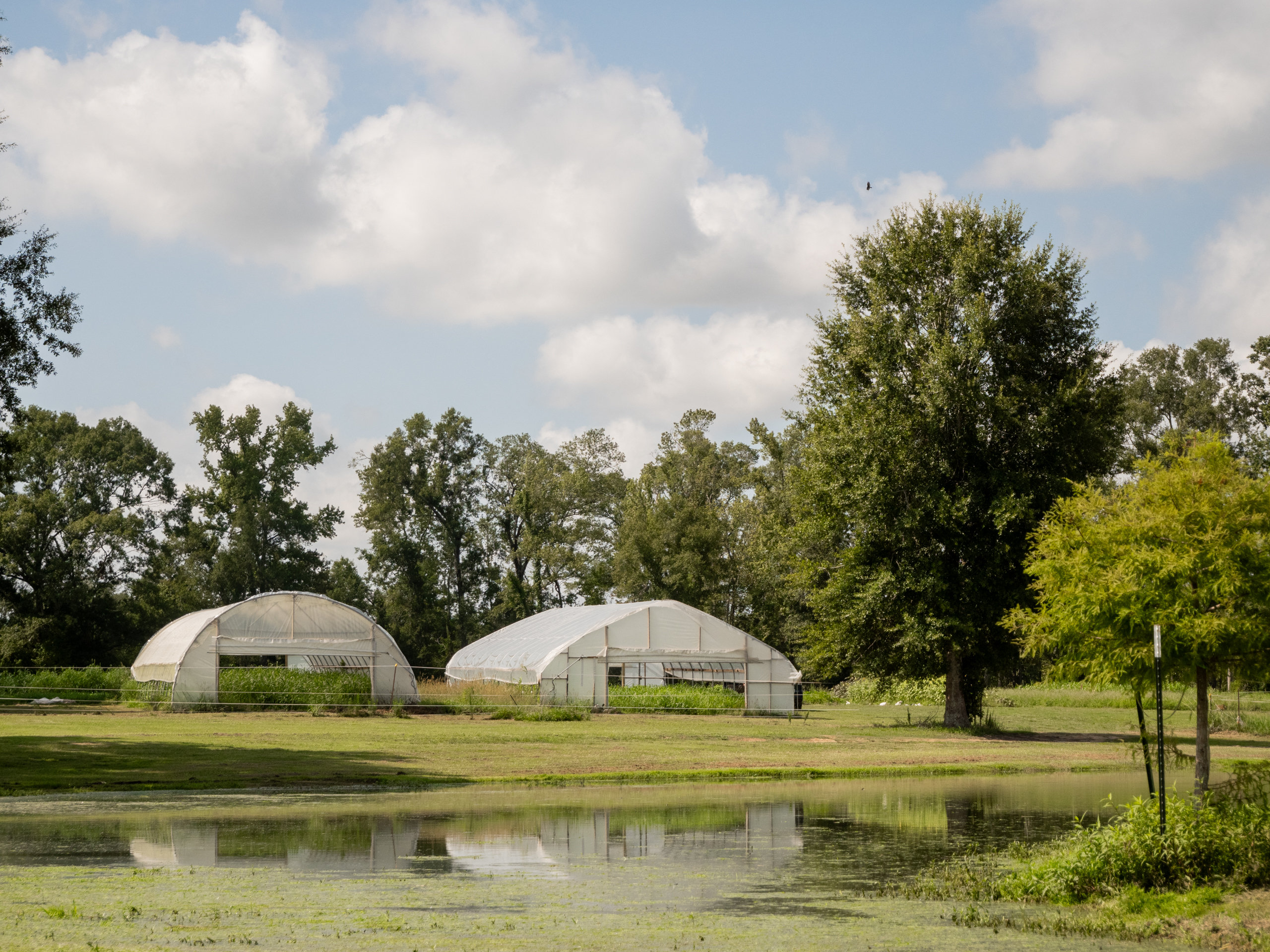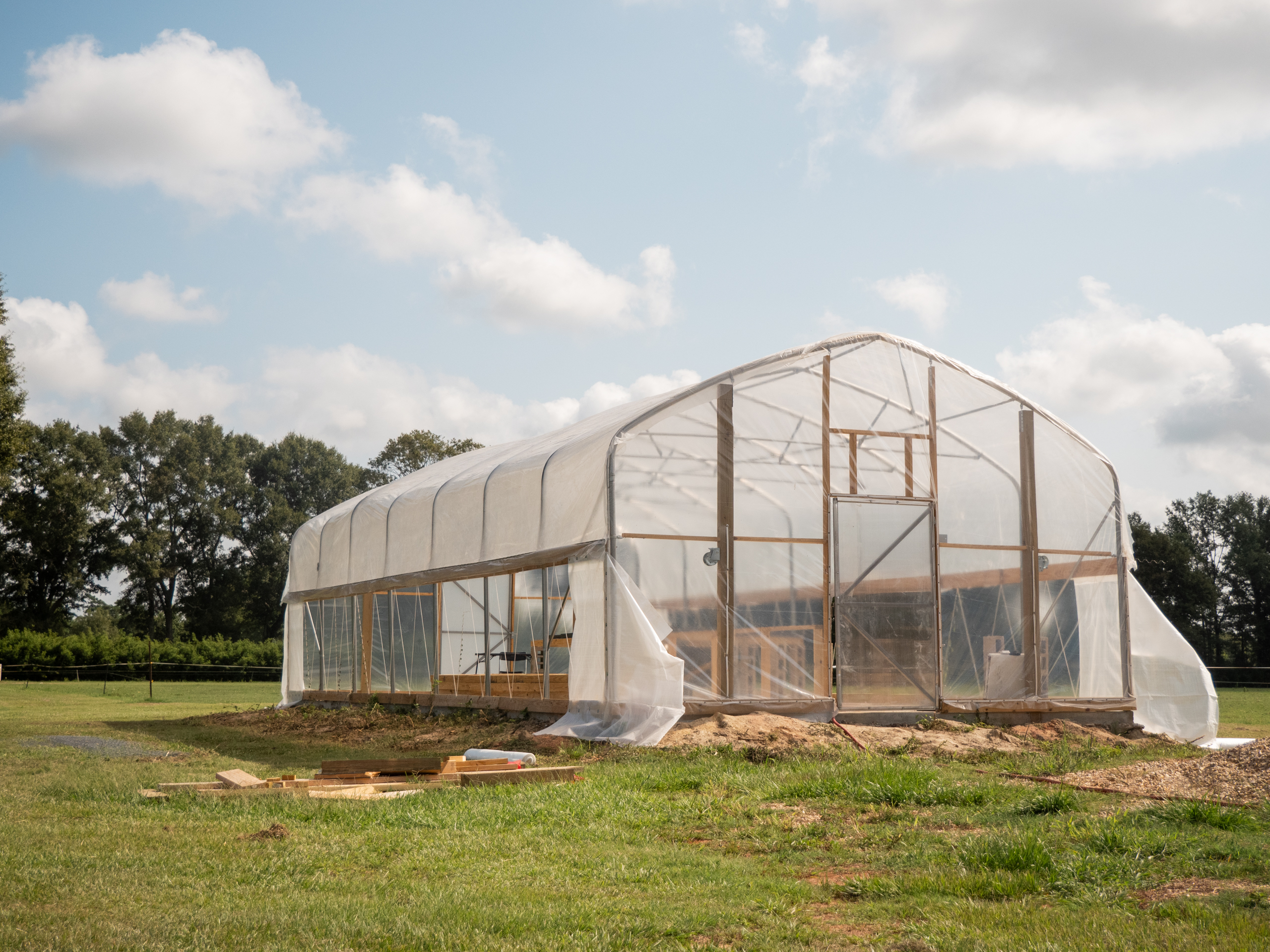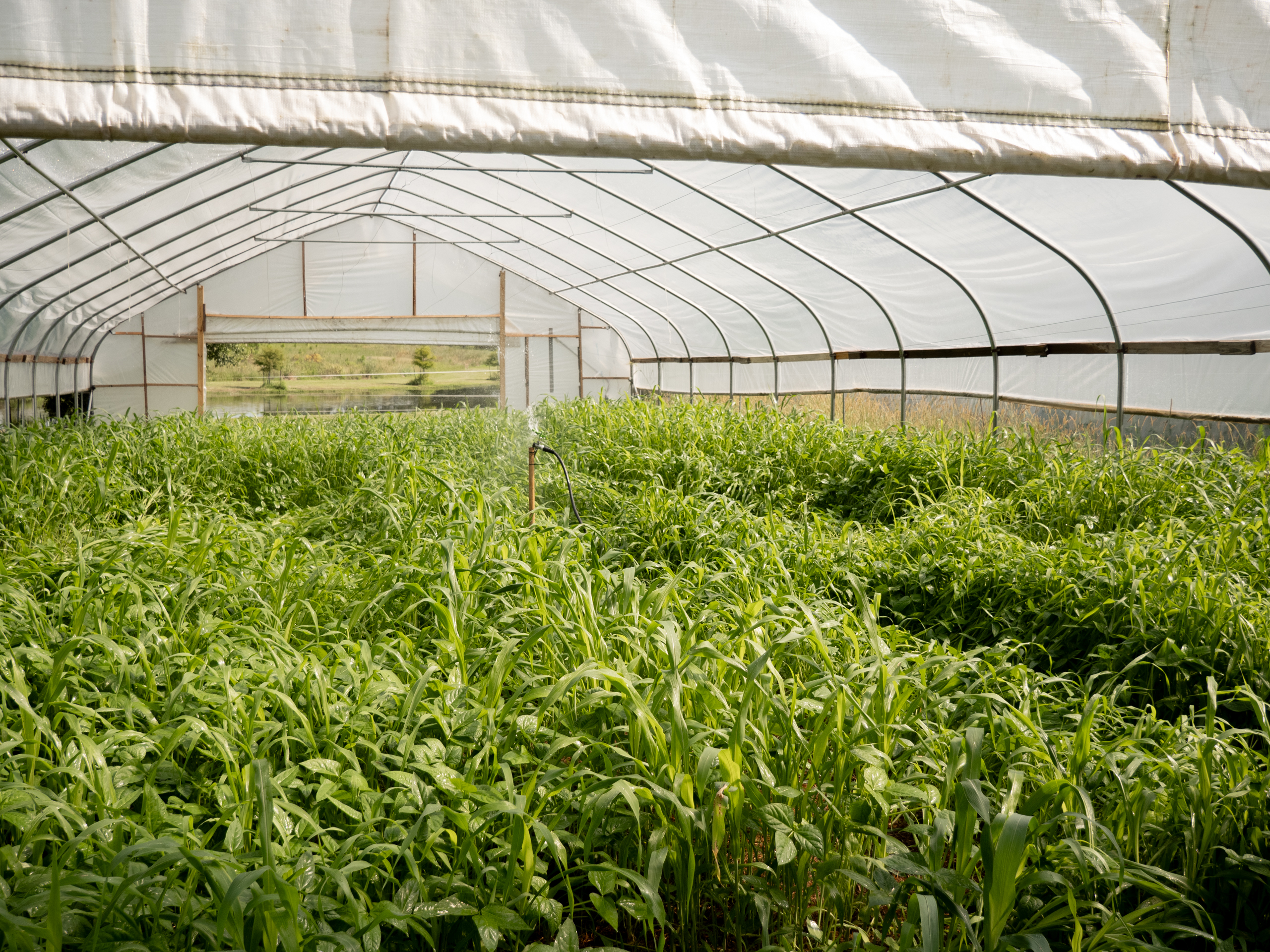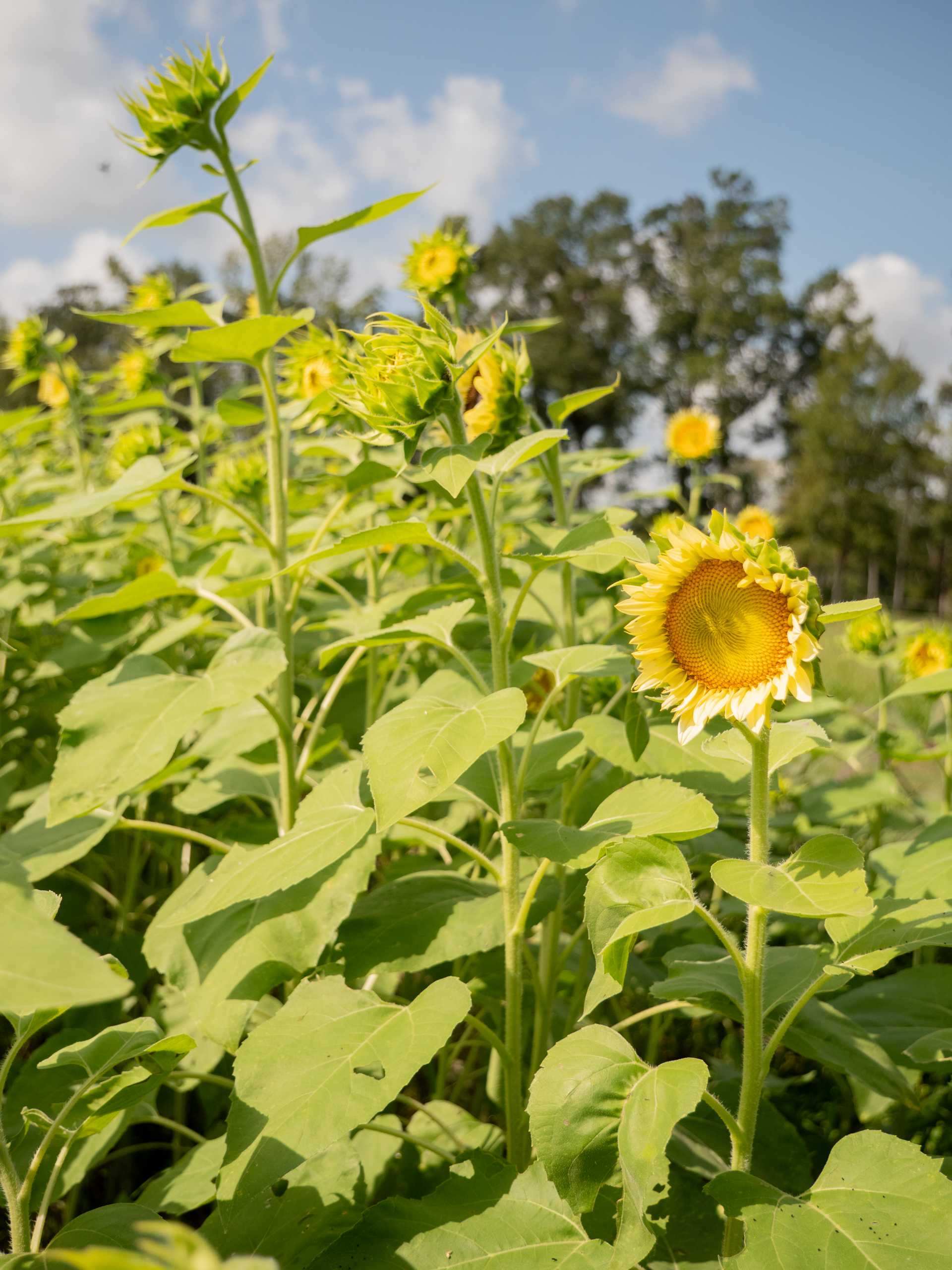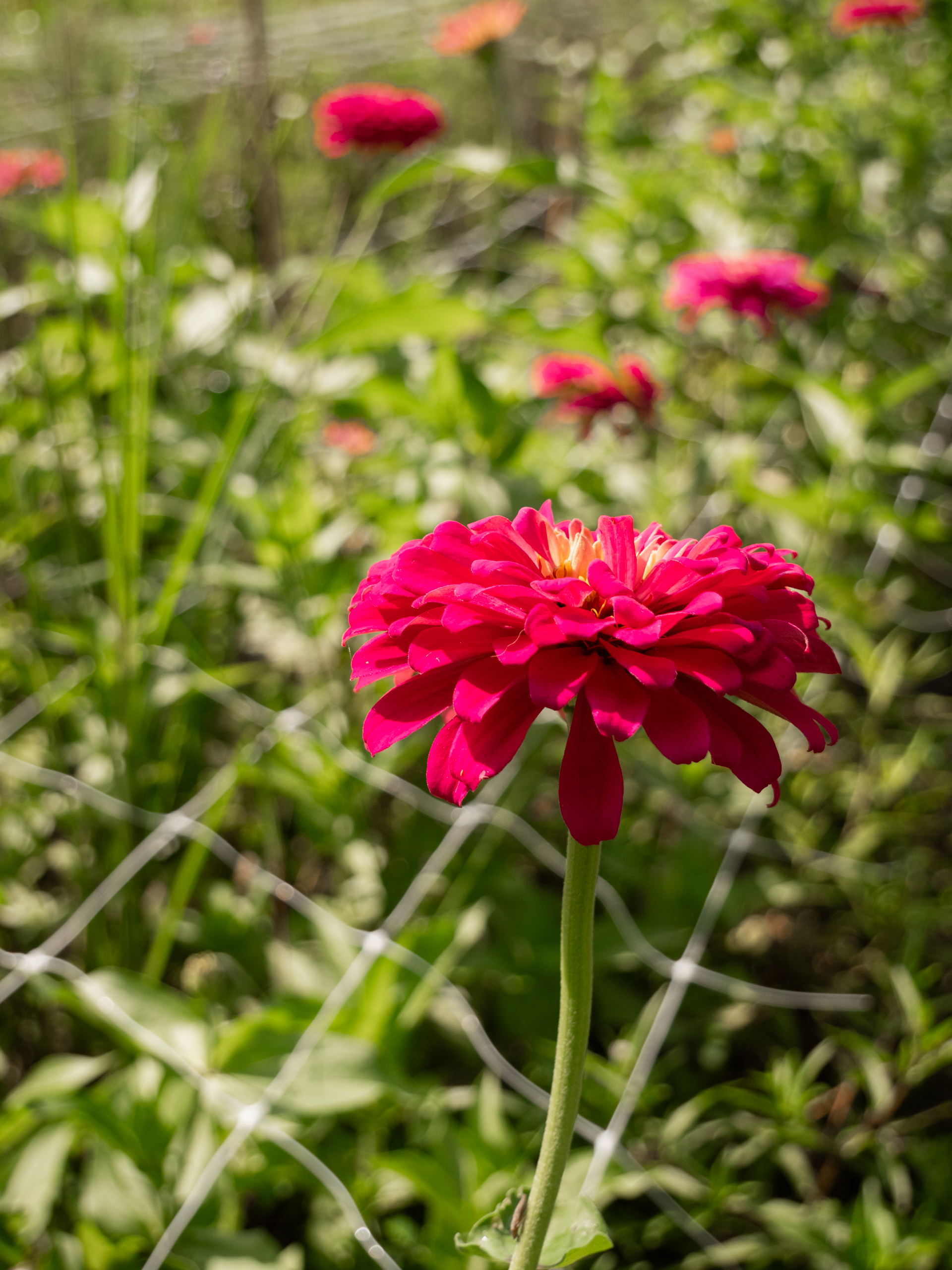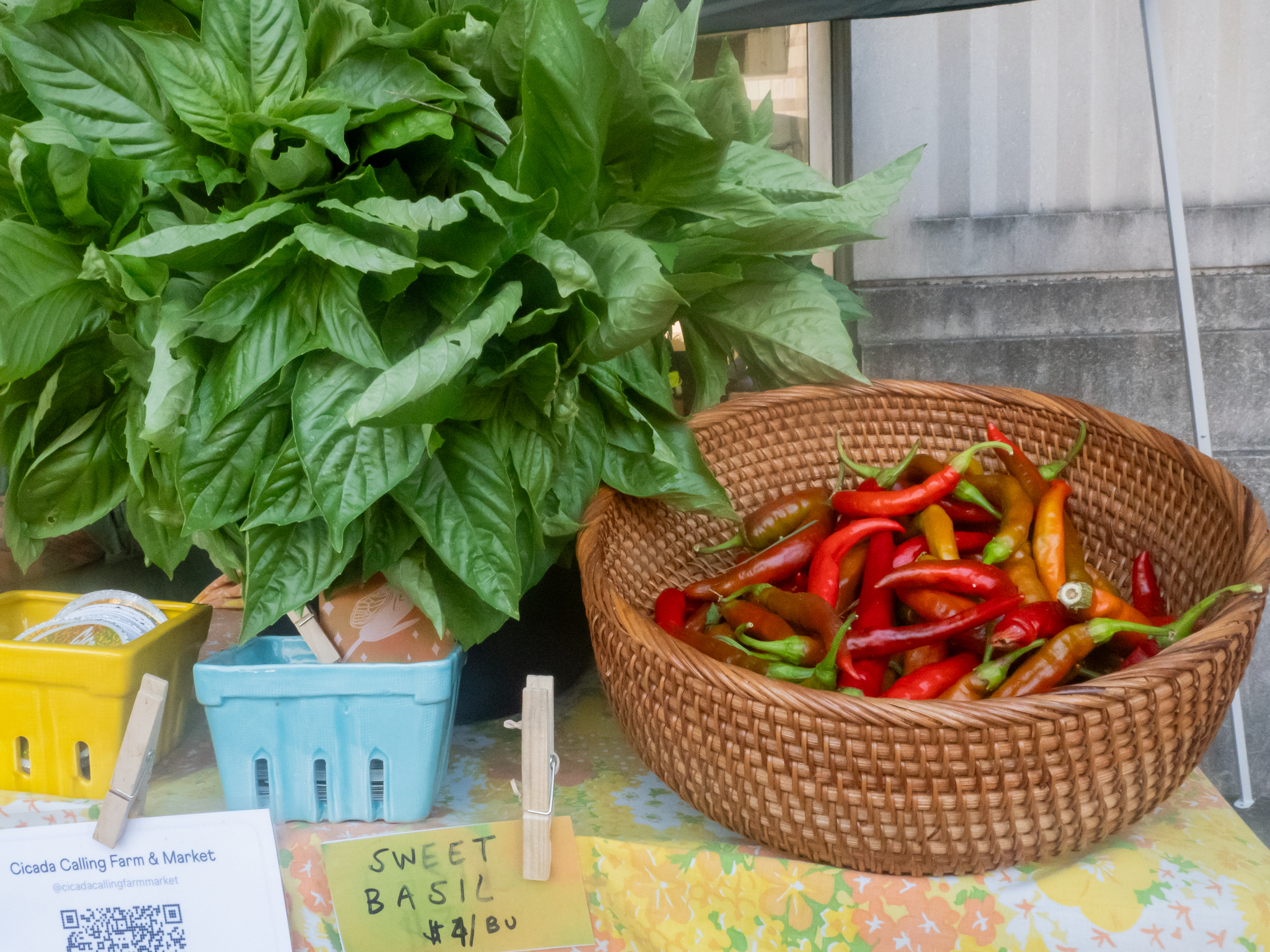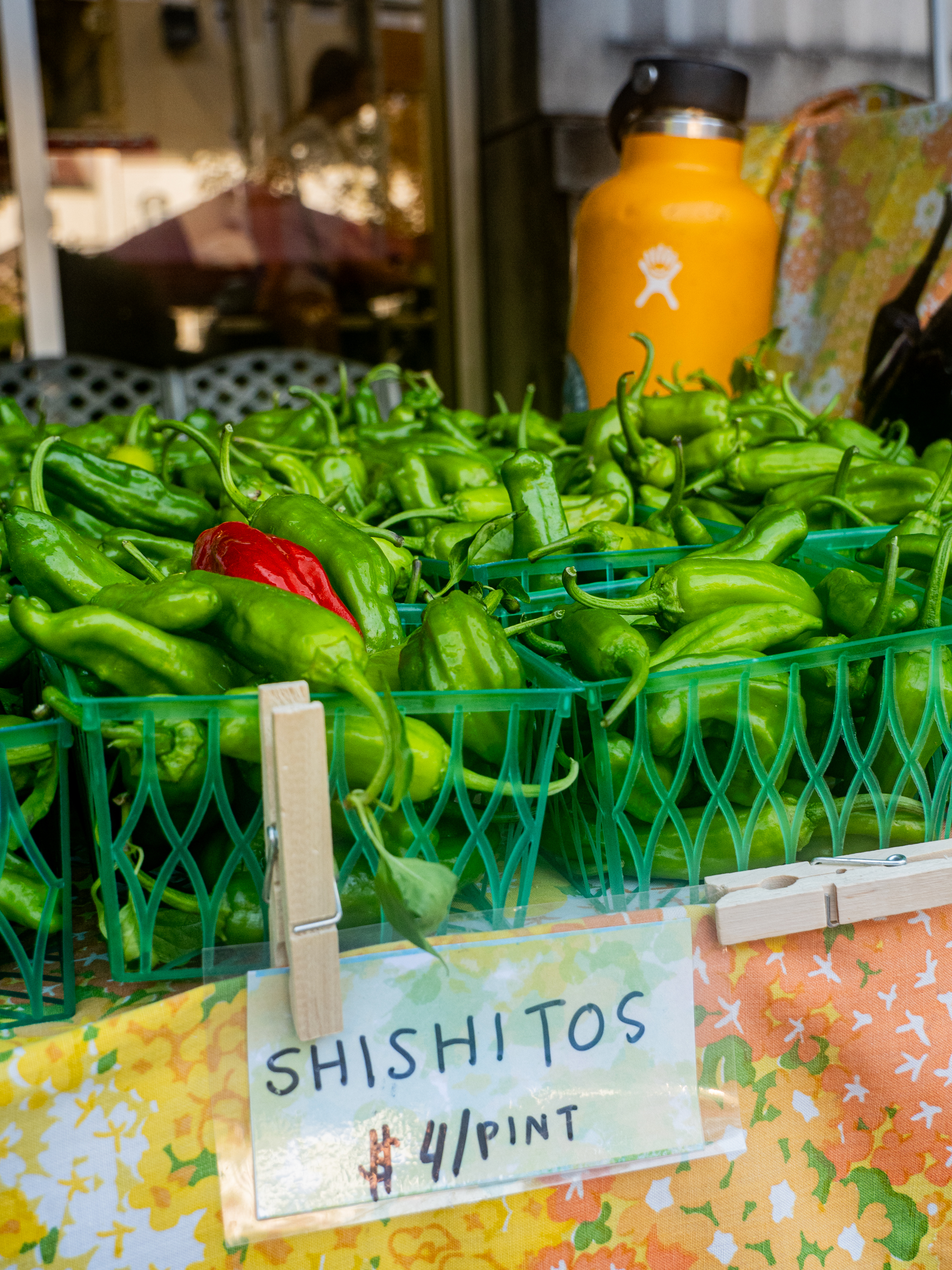
The journey of a Red Stick Farmers Market crop, from greenhouse to table
The Red Stick Farmers Market has no shortage of variety. On a Saturday morning, visitors strolling down North Fifth Street encounter products and people from around south Louisiana, each with their own story.
But all of the vendors have one thing in common: They’ve put countless hours of hard work into the market. Before they ever have brief interactions with customers, they’ve spent months preparing their crops.
The story of the produce at Cicada Calling Farm‘s booth, for example, begins with Sierra Torres and Becks Hilliard. The Louisiana natives returned to their roots in late 2021 by planting new ones in Independence, Louisiana, where the farm sits today.
|
|
Now, Cicada Calling Farm is a new Red Stick Farmers Market staple. Its booth is hard to miss, teeming with vibrant vegetables and colorful flowers each weekend.
“We do half vegetables and half flowers,” Hilliard says. “It’s really interesting. We’re really toying with the idea that growing flowers can help support our veggie endeavors.”
Most crops at Cicada Calling Farm start their life as seeds in the greenhouse. Each greenhouse tray has 128 cubes of soil for 128 new plants, and Hilliard says they focus on filling them with heirloom seeds from the Gulf South in hopes to help preserve the seeds that can withstand Louisiana’s climate.
Depending on the crop, these seeds may be top-seeded, which means they’ll be exposed to light, or they’ll be covered in a light layer of soil.
In the warm, bright greenhouse, the seeds germinate. Once they sprout and become transplants, they’ll be moved to the farm’s plots, where they have room to grow.
Hilliard explains that, like many aspects of operating a farm, the growing time for plants is a learning curve. For example, shishito peppers can be harvested in multiple stages, but the darker the color gets, the sweeter the peppers become.
“That’s definitely one thing about farming—that we’ll never stop learning,” Hilliard says.
As Torres gives a tour of the farm alongside Jubilee, a very happy and helpful dog, she points out that some of the plots are filled with cover crop. Plants like rye or sorghum help regenerate the soil and prepare it for the next growing season.
Practices like cover cropping help Cicada Calling Farm invest in the soil for sustainable farming into the future.
When it’s finally time to bring the crops to the market, Hilliard and Torres have a harvest day, which can last from 6 a.m. to 8 p.m. The next morning, they’ll wake up before the sun to make the drive to Baton Rouge for the farmers market.
It can be an exhausting process, but it’s been rewarding.
“As soon as we start talking to people, it’s like getting pulled out of your little farmer bubble,” Hilliard says. “People are relying on you and are excited about you and coming back to tell you how happy they are that they tried something. It’s pretty amazing.”
Cicada Calling Farm is currently taking a break from markets to prepare for the next season, but Hilliard and Torres are looking forward to returning to the Red Stick Farmers Market with fall crops in hand.
And when they return, those fall crops will make their way to local kitchens—both at shoppers’ homes and at restaurants.
|
|
|
